|
Best Viewing Angles for Scanning Chimneys When a chimney has damage, the best way to record this damage is with the J3D Chim-Scan® Internal Evaluation System. It can view straight up or down, sides, and even at angles, which helps determine more about the defects such as misalignment of masonry tiles, rusting, and embrittlement in a prefabricated chimney and in case of a sudden occurrence such as a chimney fire. Some chimney cameras may have a limited view. Some chimney cameras may have non-rotating heads or rotating heads with limitations, stabilizers, image and video limitations, one lighting setting, recorders, and a host of other accessories to provide the means to scan the chimney's interior. You may ask, "Why so many options?" – such as speed and the ability to swivel the chimney camera head to any angle to produce the best image. The answer is to optimize each photo opportunity so you can focus on the defect's details. Clear photos eliminate doubt when you show the homeowner. Options also decrease the time spent scanning and ensure you have the images needed. Time is money! Angles of Imagery One of the most important parts of interior chimney scanning is understanding the optimal angle to capture an image or video. To understand the optimal angles we refer to, it is best first to understand how we refer to them. For reference, when the chimney camera is traveling straight up (or down) the chimney with the lens facing forward (up), we call this a straight-up/down view. A tilted view is when the lens is angled up to 45° up or down. A 90° view would be a side wall view (horizontal). Please reference the chart below for a visual explanation. Each chimney tells a story, and it is up to you to define and share the documentation in a manner the homeowner can understand. The chimney camera position or angle is essential in familiarizing yourself with the new perspective. A 90-degree side view angle produces sharp close-up details of specific areas within the chimney. If scanning from the bottom, such as the hearth or firebox, pushing the chimney camera up using a Lighthouse Tilt or J3D Camera head, you can flip a switch to look straight up or flip again to rotate the heads and orient it to view the sidewalls.
A straight up or down shot or a side shot is rarely enough to make determinations about defects. A 45° tilted lens can often detect what is behind a hole in a flue tile or mortar joint. A tilt lens helps with pictures of damage or defects in prefabricated chimneys. Having a camera with multi-angle abilities is key to producing the best inspection documentation.
0 Comments
Leave a Reply. |
AuthorTom Urban has worked in the Chimney and Hearth industry for 40 years. He's been an inventor and manufacturer for 35+ of those years. Archives
October 2023
Categories |
Copyright © 1984 to 2024 Estoban Corporation. All rights reserved.

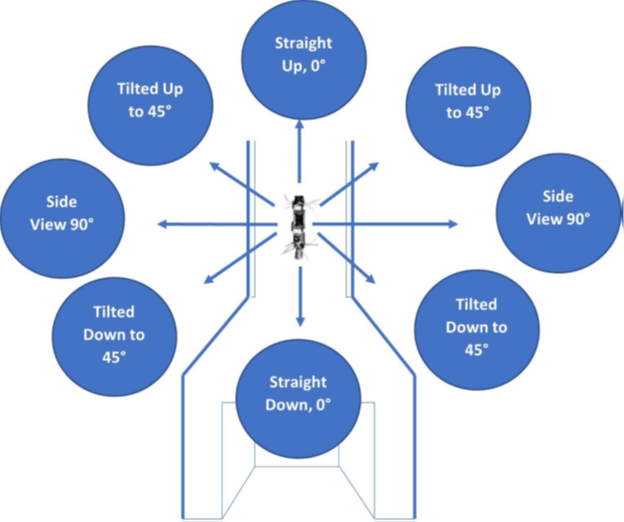
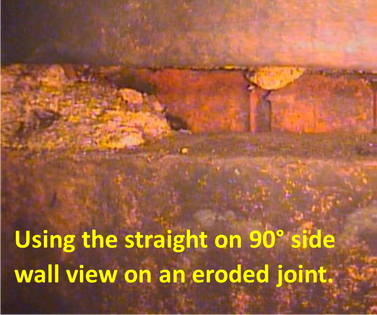
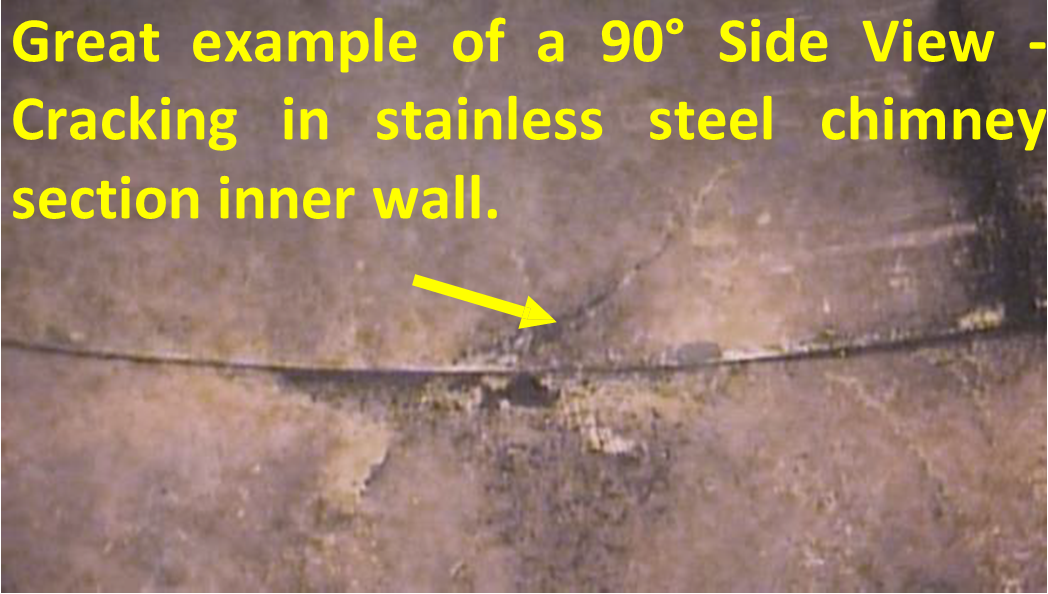
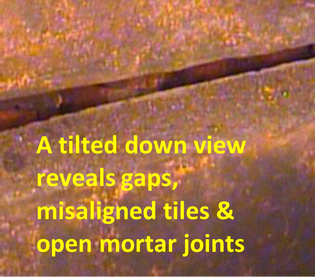
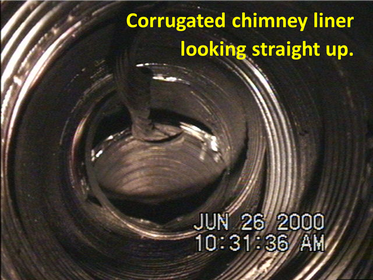
 RSS Feed
RSS Feed